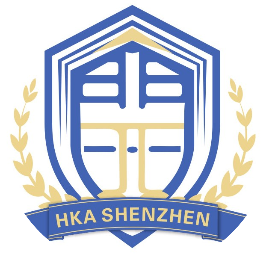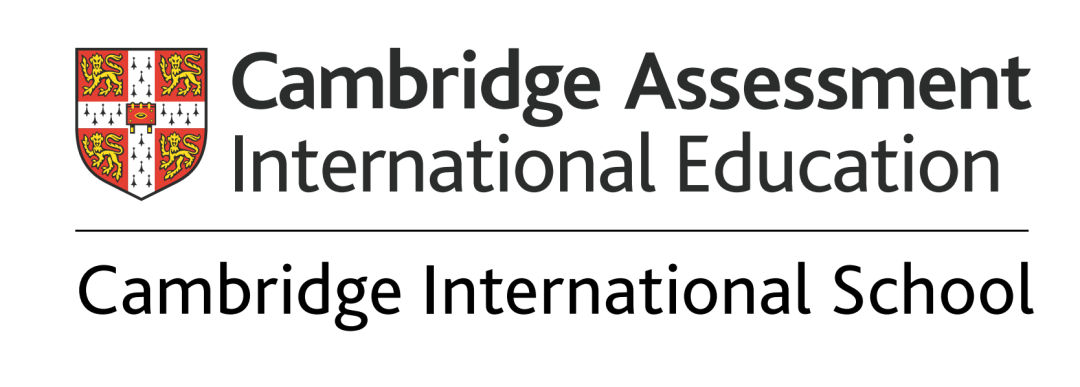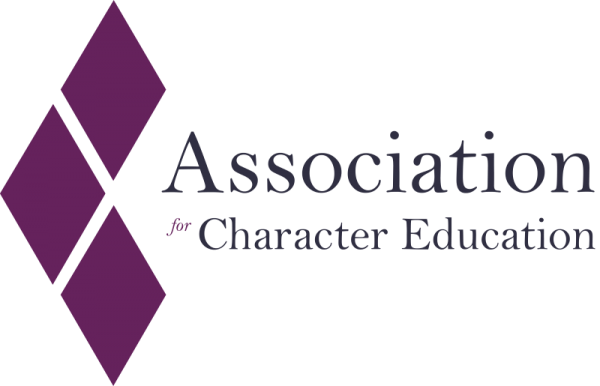主动学习的方法
Active Learning Approaches
On Tuesday, December 7th HKA organized a workshop for the teachers. The workshop focused on utilizing active learning approaches inside the classroom. The workshop started by explaining the idea of Active Learning by presenting a critique on Passive Learning. Passive learning is the traditional way of teaching where the teacher delivers a lecture to the students without engaging with the students, neither receiving feedback nor providing any. The conventional method of teaching is monotonous and creates a hierarchy inside the classroom, where the teacher stands an unquestioned figure of authority and knowledge. Consequently, students kill any creativity or innovation, restricting themselves to low-order thinking processes.
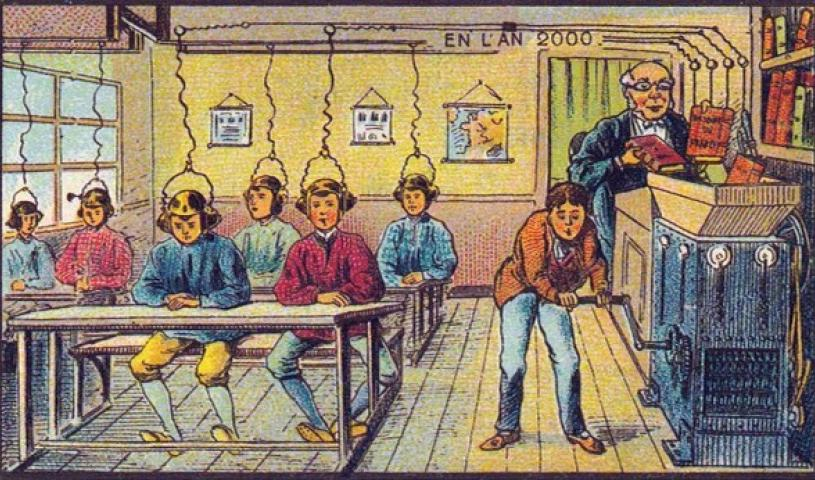
19世纪法国画家的未来主义教育画
A futuristic painting of education by a French artist from the 19th century
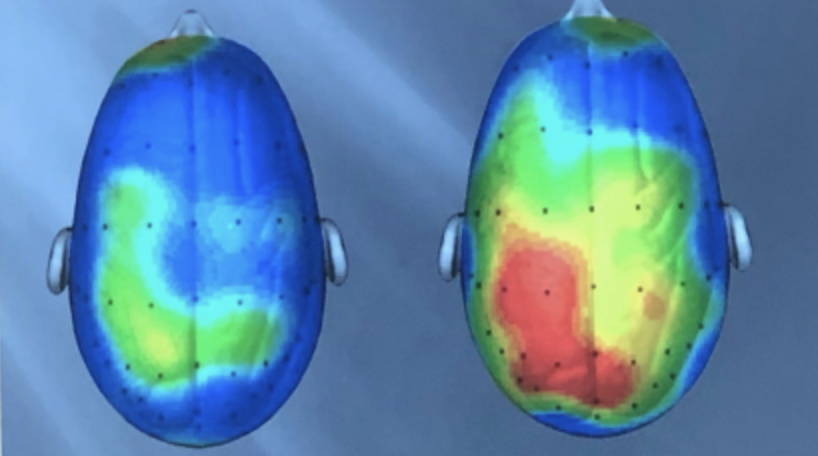
两个学生的脑部扫描:不活跃(左)和活跃(右)
Brain scan of two students:inactive (left) and active (right)
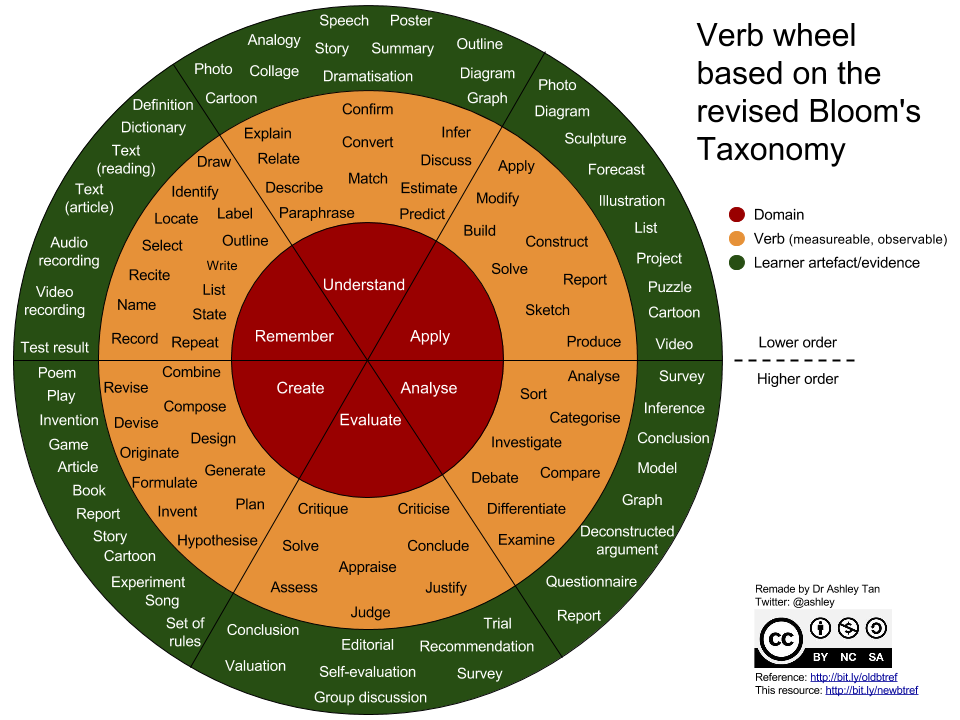
布鲁姆饼图
Bloom’s Pie
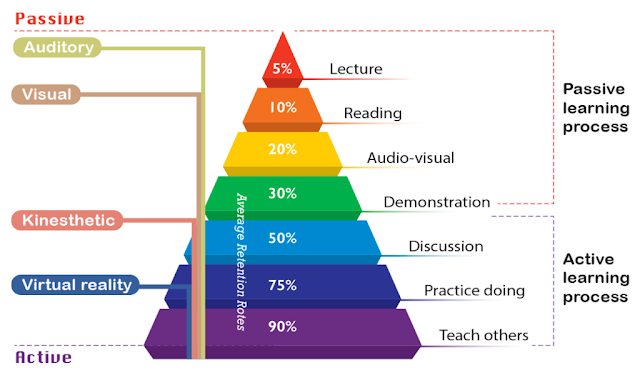
不同教学方法的留存率
Retention rates across teaching methods


